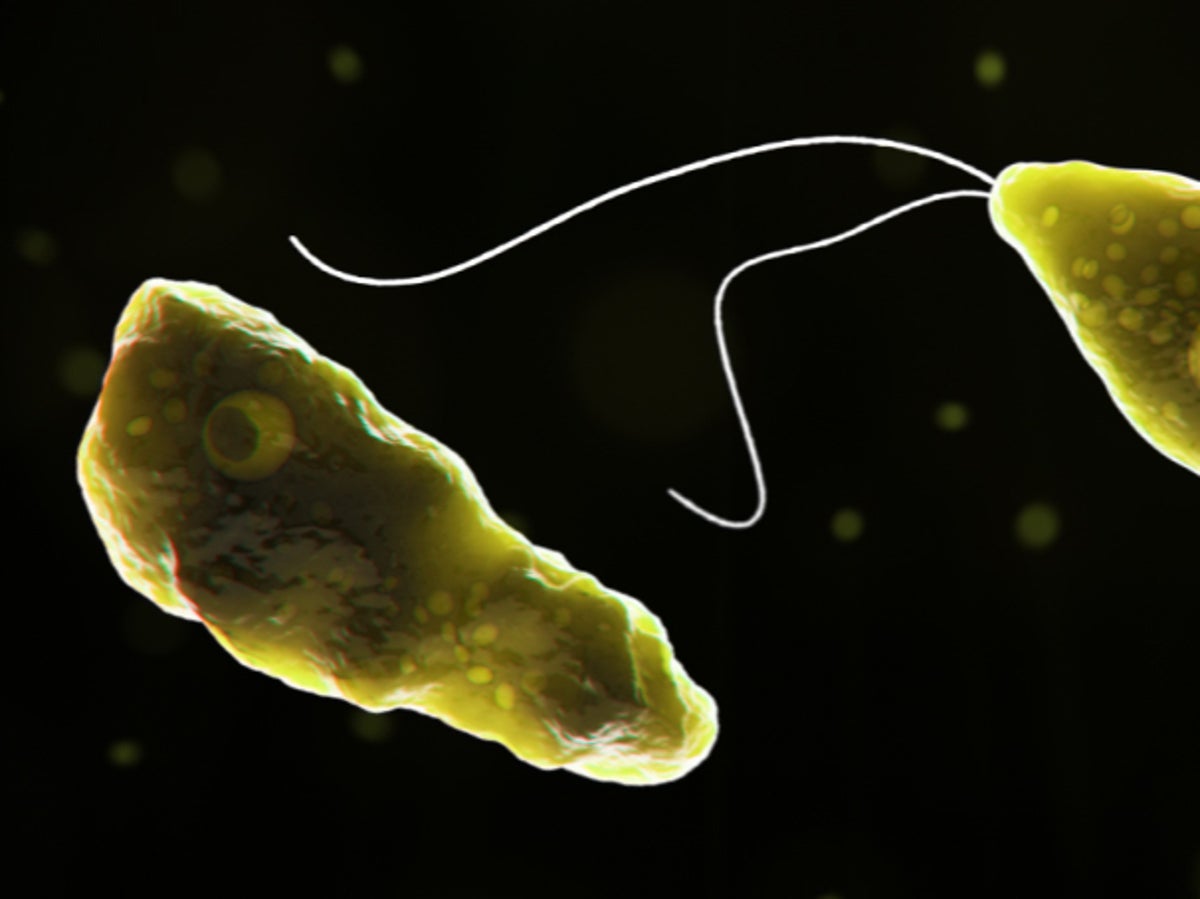
A child in Nebraska has died after developing a suspected infection from the so-called “brain-eating amoeba” Naegleria fowleri, likely caught while swimming in a river.
The Centers for Disease Control and Prevention (CDC) is conducting further tests to confirm the infection, thought acquired after a swim in the Elkhorn River at the weekend.
The single-cell organism is commonly referred to as the “brain-eating amoeba” as it can cause a rare but almost always fatal brain infection — primary amebic meningoencephalitis (PAM).
What is Naegleria fowleri?
The microscopic organism typically lives in warm freshwater and can cause an infection in swimmers, the CDC says.
The amoeba can travel to the brain through the nose and cause a fatal infection. Such cases are relatively rare however, with 154 reports of PAM since 1962 in the US.
Typical symptoms include severe frontal headache, fever, nausea and vomiting in the initial stages before more serious signs of an infection such as a stiff neck, seizures, altered mental status, hallucinations and coma, according to the CDC.
PAM does not occur by drinking water. The amoeba must travel through the nose to the brain to cause a deadly infection.
Only five people are known to have survived the disease in the US and did so following treatment with a combination of drugs, according to the CDC.
Where else has Naegleria fowleri been found?
Brain eating amoeba is traditionally found in warm freshwater bodies such as lakes, with a majority of cases since 1962 occurring in southern US (40 in Texas, 36 in Florida, and 10 in California).
Is there a link to the climate crisis?
Studies carried out by the CDC on brain-eating amoeba suggest climate change could be behind a number of cases in northern US states.
Julia Haston, a medical epidemiologist with the CDC, previously told NBC News that rising air and water temperatures may be having an impact.
"It’s an amoeba that really likes warm conditions, really likes warm fresh water,” said Haston. “That’s the concern — that climate change can be contributing to these higher air temperatures."







